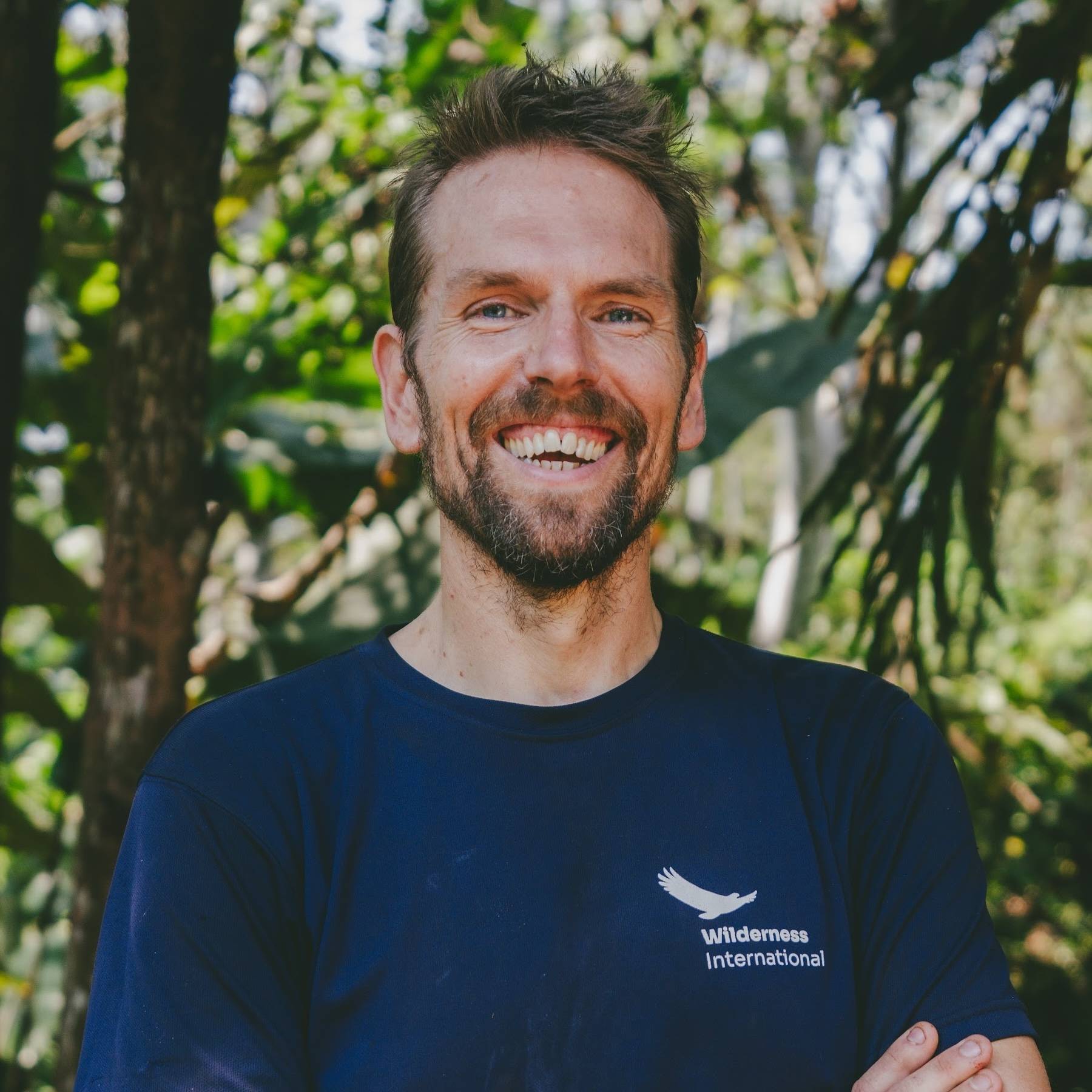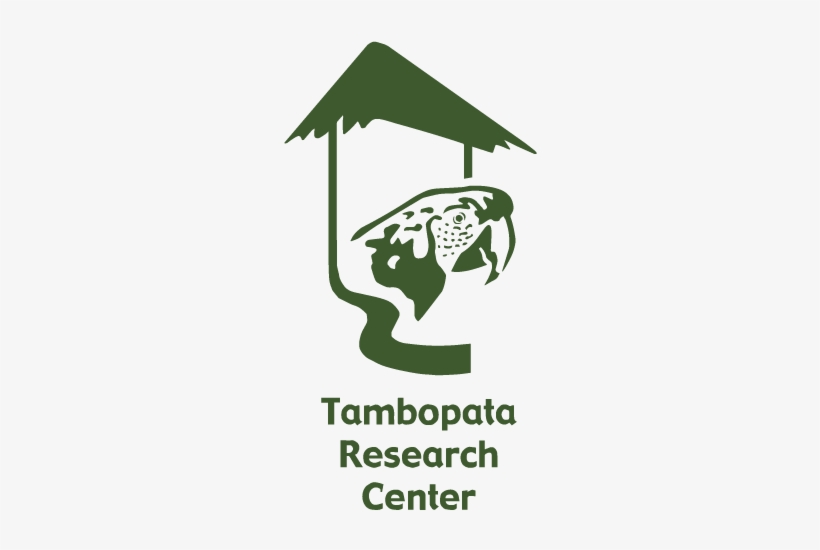Research for nature conservation
Real impact through scientific data collection
Understanding wilderness in order to protect it
We are convinced that in order to effectively protect the last wilderness areas on our planet, we need to understand them, document their biodiversity and report on them. In addition to wilderness protection, we have therefore also committed ourselves in our statutes to promoting education, science and research on the subject of nature conservation. To this end, we work in partnership with universities and other NGOs - and carry out research projects ourselves.
We investigate exactly which species live in our forests, how biodiversity develops in the forest areas you protect and how much CO2 is bound there. Based on scientific data, we can find well-founded, effective and sustainable solutions for faster and better protection of biodiversity.
We have been working on this directly on site in Peru since 2019, together with the NGO Fauna Forever, among others. In Canada, the teams from all three foundations regularly come together for research expeditions. To date, more than 1,500 volunteers, interns and students have been able to contribute to our research and realize their own projects.
Species in Peru
(species of vertebrates detected in our protected areas)
Species in Canada
(have so far been documented via sightings and eDNA in our protected areas)
Volunteers
have contributed to research and realized their own projects.
Weighing, measuring and counting for science
With our team of biologists and researchers and in collaboration with other scientific organizations, we continuously document the biodiversity of our protected areas. So far, 477 bird species, 162 amphibian and reptile species and 92 mammal species (including 48 large mammal species and 44 bat species) have been recorded in the Secret Forest in Peru. By comparison, only 21 amphibian, 15 reptile and 25 bat species live in Germany.

We use these four steps to conduct research in each protected area.
Rapid Assessment
Rapid, focused data collection helps us to identify areas that are particularly valuable and in need of protection.
Creating a basic inventory
The baseline inventory is a comprehensive initial survey of species diversity as a starting point for further monitoring.
Long-term monitoring
Building on this, we are establishing long-term monitoring areas where we can document developments over a period of years.
Special research projects
The findings from the previous steps are used to develop targeted special research projects, for example on the carbon content of the moors in our protected areas or on the movement of individual animal species.
Monitoring in various areas:
Monitoring in various areas:
Mammal research with camera traps
Camera traps and animal sightings along fixed routes (transects) document mainly large mammals (jaguars, tapirs), but also extremely shy species that have almost never been seen (e.g. tayras).
Bats
Trained experts use nets and the utmost care to capture, identify and measure the bats.
Herpetofauna
Animal sightings are recorded along defined routes (transects). Some amphibians and reptiles are also chipped and measured.
Bird research
Point counts and ringing provide insight into changes in species diversity and population sizes.
Caimans
The behavior and population dynamics of caimans provide indications of the effects of environmental pollution such as mercury pollution from illegal gold mining.
Botany
We measure the height and diameter of trees on permanent test plots, calculate their biomass and track their growth.
Past and current projects
Nisi at ac aliquam massa. Lacus, in fames auctor non fringilla sed. Rhoncus dictumst urna,aliquam, tristique ultrices auctor nunc. Semper eget id elementum, viverra aliquet condimentum enim. Ultricies ac at pulvinar consectetur sed ridiculus netus. Tincidunt est ornare facilisis et, dictumst purus.

eDNA pilot project
Fast, minimally invasive and precise: the eDNA research project by Wilderness International and ETH Zurich, supported by the Audi Environmental Foundation and DJI. Launched in March 2024, the environmental DNA pilot project enables a completely new type of biodiversity monitoring - even in the most inaccessible places: the treetops of the tropical rainforest.

Bog research in the Misty Forest
In July 2025, scientists from the Greifswald Mire Center accompanied us to our Canadian protected areas to investigate the depth and carbon storage of the peatlands for the first time. The results are expected in spring 2026.

Biodiversity of the treetops
We are currently setting up a network of cameras high in the treetops of the Secret Forest. Since the majority of mammals like to spend their time at lofty heights, the cameras will provide unprecedented insights into the biodiversity of the treetops and thus reveal a dimension of the rainforest ecosystem that has hardly been researched to date.

Cooperation with iBOL
The "International Barcode of Life" (iBOL) project records the genetic barcodes of all species on earth in a global reference database in order to uniquely identify even the smallest organisms. We have been providing insect samples from our protected areas for this project since 2025. By genetically analyzing these samples, the biodiversity of our forests is made visible and integrated into iBOL's international data pool.
Symbiosis: Fauna Forever & Wilderness International
While Wilderness International lays the foundation through legally secured land purchases, Fauna Forever conducts precise ecological data surveys in our Peruvian protected areas. The scientific findings flow directly into our conservation strategy: they help us to identify particularly important areas for conservation, recognize trends at an early stage, classify risks and make nature conservation effective, measurable and transparent.

Scholarships for research
Since 2024, we have been awarding research grants to young Peruvian scientists to strengthen local expertise in nature conservation. In the Amazon in particular, long-term conservation is only possible if local people conduct research, pass on knowledge and take responsibility. With the scholarships, we enable young talents to gain their own experience, get to know international methods, and contribute their perspective to global scientific exchange. This creates sustainable capacities that ensure the protection of forests for generations to come.

Our research team
Our research team








Are you working on biodiversity, nature conservation or climate and are you a scientist looking for access, infrastructure and local cooperation? Then please get in touch with me.













.svg)








